Textbook on Crop Ecology
This book incorporates new insights and concepts in the hope of helping guide agricultural students, researchers, and practitioners to a deeper understanding of the ecology of agricultural systems that will open the doors to new management options. The present book crop ecology is the study of the interactions of living organisms with their environment. Within the discipline of ecology, researchers work at four specific levels, sometimes discretely and sometimes with overlap. These levels are organism, population, community, and ecosystem. In ecology, ecosystems are composed of dynamically-
interacting parts, which include organisms, the communities they comprise, and the non-living (abiotic) components of their environment. Ecosystem processes, such as primary production, pedogenesis (the formation of soil), nutrient cycling, and various niche construction activities, regulate the flux of energy and matter through an environment. These processes are sustained by organisms with specific life-history traits. The variety of organisms, called biodiversity, which refer to the differing species, genes, and ecosystems, enhances certain ecosystem services.
Get it now and save 10%
BECOME A MEMBER

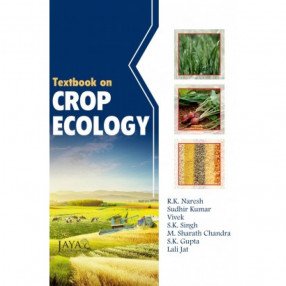
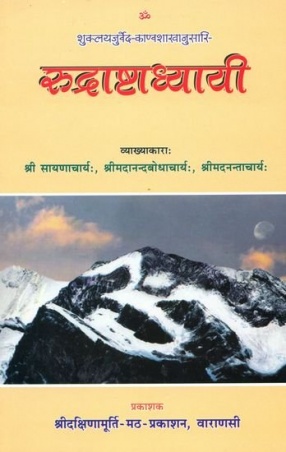
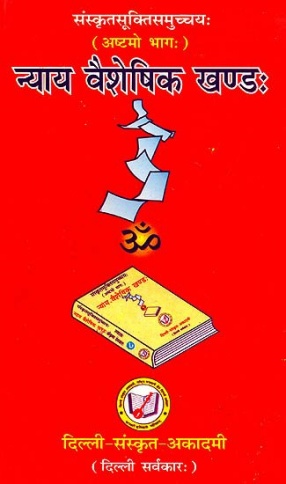
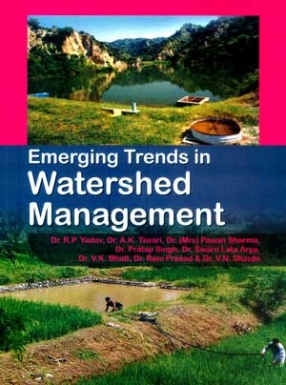

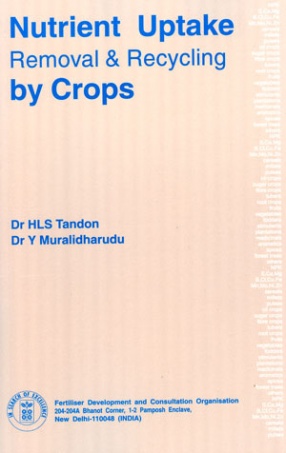
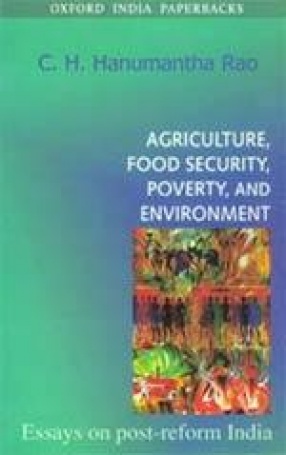
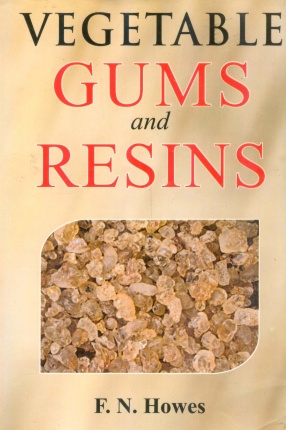
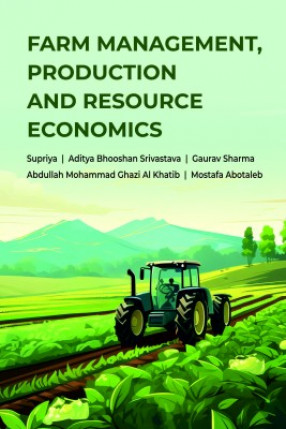

Bibliographic information
Sudhir Kumar
S K Singh
Ors.